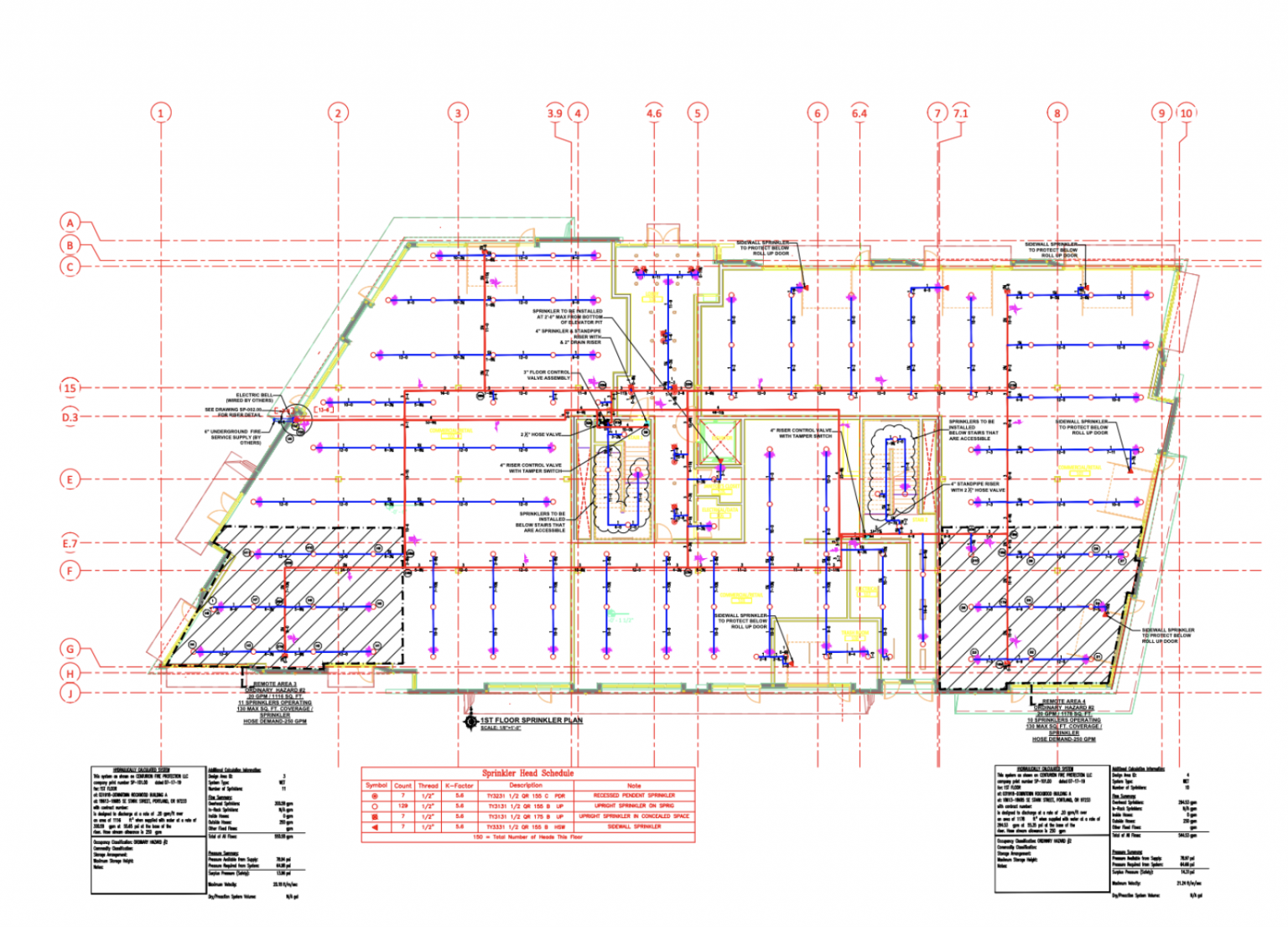Table Of Content

After deciding which heads to use, draw out the sprinkler head locations on the sketch and map the spraying patterns. If you use conventional sprinkler heads (whether a smart sprinkler system or not), the spray patterns need to slightly overlap to get good water coverage. When choosing heads, you can pick rotors, fixed spray heads, specialty nozzles, and drip or micro-irrigation sprinkler heads. One spray pattern should end where the next one starts to water an area evenly. Designing a sprinkler system includes sketching the entire watering area, breaking the property into zones related to watering needs, and then picking appropriate sprinkler heads.
Step 8: Install Sprinkler Heads
Lay your trench’s soil to one side and place the sod on the other side. You can rent a power trencher that makes digging the trenches easier than digging them by hand. To keep from digging up the entire lawn, you can use a pipe-puller to install the PVC piping. Installing a DIY sprinkler system requires digging trenches to lay the PVC pipes in.
Break the property up based on watering needs
If you have too many heads in a zone, they get inadequate pressure, so their spray pattern and distance are shortened. Installing a DIY lawn sprinkler system is something to take pride in, and both installation and upkeep are doable for a homeowner. A professional installation is carefree and might be best — or even necessary — because of strict state and local regulations.
Step 7: Flush the System
However, there might be limitations in terms of coverage and customization. This booklet is intended to give homeowners an idea of what it takes to design and install a small site irrigation system. It can also be used as an introduction to residential irrigation for new employees. Hunter recommends using a professional irrigation contractor for any irrigation installation.
We've covered the basics of sprinkler theory, sprinkler head types and placement, as well as manifold placement. Another consideration is making sure your boxes are easy to access. A better option is to have the boxes in a clear location where you can work in them with ease.
Vigoro4 ft. x 100 ft. Medium Duty Weed Barrier Landscape Fabric
The first step on how to design a sprinkler system is determining the actual size of the lawn. The design gods have given you an opportunity, and you have a rare chance to actually sit down and design a sprinkler system for a big lawn. You could design an irrigation system for a beautiful institutional lawn, golf course lawn, or landscape. If you are not sure how to go about this, consider hiring a professional landscaper who will be able to do it for you or consult with your local irrigation company.

By this point, we’ve covered a lot of technical details on how to design a sprinkler system. Sketch the irrigation system on paper—including the exact distance between the various parts of the sprinkler system like piping, valve, manifolds, and sprinkler heads. On the flip side, spray heads water to a small area and disperse more water for a shorter time. They are excellent for small hydrozones or areas around buildings.
MassArt students evacuated from dorm due to faulty sprinkler - NBC Boston
MassArt students evacuated from dorm due to faulty sprinkler.
Posted: Sat, 03 Feb 2024 08:00:00 GMT [source]
Checkmark icon
Sprinklers with a purpose - Irrigation & Lighting
Sprinklers with a purpose.
Posted: Tue, 14 Mar 2023 07:00:00 GMT [source]
The main benefit of automatic sprinklers is that you can stay off the lawn and garden to be greener than before. Also, they save water compared to traditional overhead irrigation systems. A program in timers is a set of watering instructions for stations that will run on the same days. A timer can have up to 4 programs, namely program A, B, C, and D. For example, in program A, you can set the days, the time, and the duration that you want to water. If you have 2 programs, you can set up two different watering schedules for different types of plants.
Our Rain Bird Sprinkler Design Service can help you make your personalized plan. Heads of different types (rotors vs. pop-ups) cannot be combined in the same zone. Things have to be the same because each type of head has different GPM requirements and output. If you combine different head types in the same zone, you won’t be able to evenly distribute water; some places will get over watered, some under watered. They cost more and repairs can be a more intricate and may even require changing the entire head.
Then, use the sprinkler riser to attach the sprinkler head to the remaining end of the tee joint. If you wish to place your sprinkler header, you can switch a taller riser to increase the height of the sprinkler. Make sure you hold all the disconnected pieces together tightly by the glue so that the water has nowhere to leak. You’ll also want to disconnect the controller from the water supply each fall.
If your system is built on a slope, include a cleanout at the lowest point of each zone. Open the cap and let the water drain out when shutting down the system each fall. That can save having to manipulate an air compressor line to your control head.

No comments:
Post a Comment